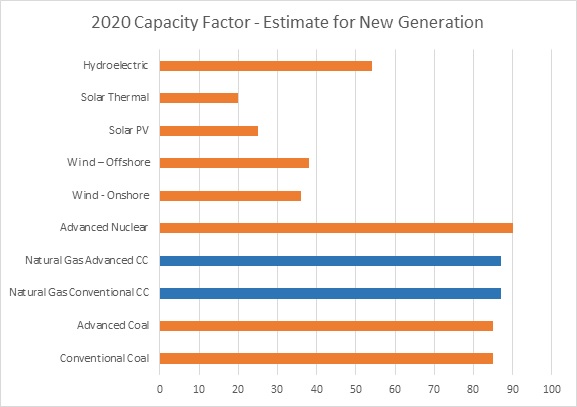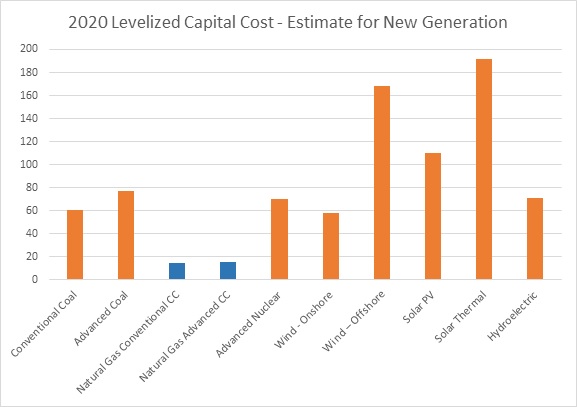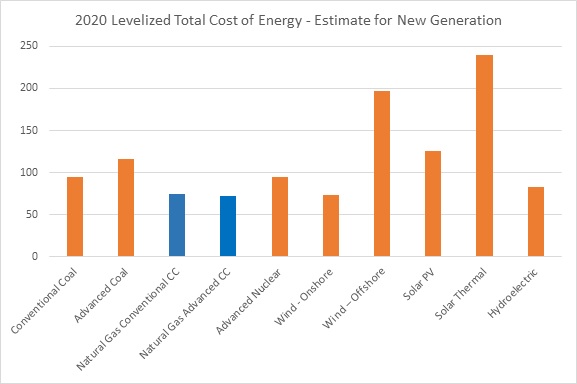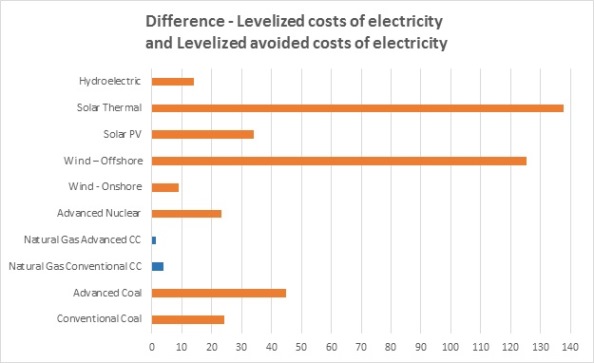Natural Gas – An Electric Win
Mark Green
Posted January 29, 2016
Politicians like to have visions – often broad aspirational statements that are mostly detached from any number of realities. We’re not opposed to visions per se, yet it’s good to remember a maxim that’s popular in the military: A vision without resources is a hallucination. So here’s our vision, outlined by API President and CEO Jack Gerard earlier this month:
“Energy is fundamental to our society … In this New Year let us all resolve to work together toward a shared vision of a world where everyone – without regard to zip code, state, nation, continent or hemisphere – has access to reliable, safe and affordable energy.”
This is no aspiration detached from reality. We know how to get the needed resources to actualize this vision – a market-driven, consumer-focused approach to energy policy that boosts our nation’s economy, helps the environment and benefits energy users here and around the world. It’s an all-of-the-above approach to energy that builds a diversified energy system around what makes sense and cents, not ideological preference.
Taking that approach with electrical generation – as was seen in a study last summer by the U.S. Energy Information Administration (EIA) – presents a clear winner: natural gas. Below, let's look at four charts, developed from data contained in the EIA study (using averages for data points), which help show why this is true. First, natural gas is high capacity:

… with low capital costs (2013 $/MWh):

And low total costs (2013 $/MWh):

Because many political visions call for replacing existing generation, let’s look at the cost of new generation sources, minus the cost of the electricity they would replace (2013 $/MWh):

All told, it is easy to see why natural gas has been the largest growing source of energy since 2005.
This is not to say that only natural gas should be used for electricity generation – capacity factors and cost can vary significantly by region. It is to say, however, that ignoring the “U.S. Model” of success in energy is poor policy.
It also says that market forces, driven by consumer preferences, are far better able to achieve our nation’s energy, climate and economic goals than government mandates and regulatory dictates. And that’s fact, not fantasy. Jack Gerard:
“[L]et’s not forget that this is about more than energy policy. This is about people’s livelihoods. It is about the ability of millions of women and men to put food on their family’s table. Heat their homes. And operate their businesses. This about what type of nation we leave future generations.”
About The Author
Mark Green joined API after a career in newspaper journalism, including 16 years as national editorial writer for The Oklahoman in the paper’s Washington bureau. Previously, Mark was a reporter, copy editor and sports editor at an assortment of newspapers. He earned his journalism degree from the University of Oklahoma and master’s in journalism and public affairs from American University. He and his wife Pamela have two grown children and six grandchildren.


